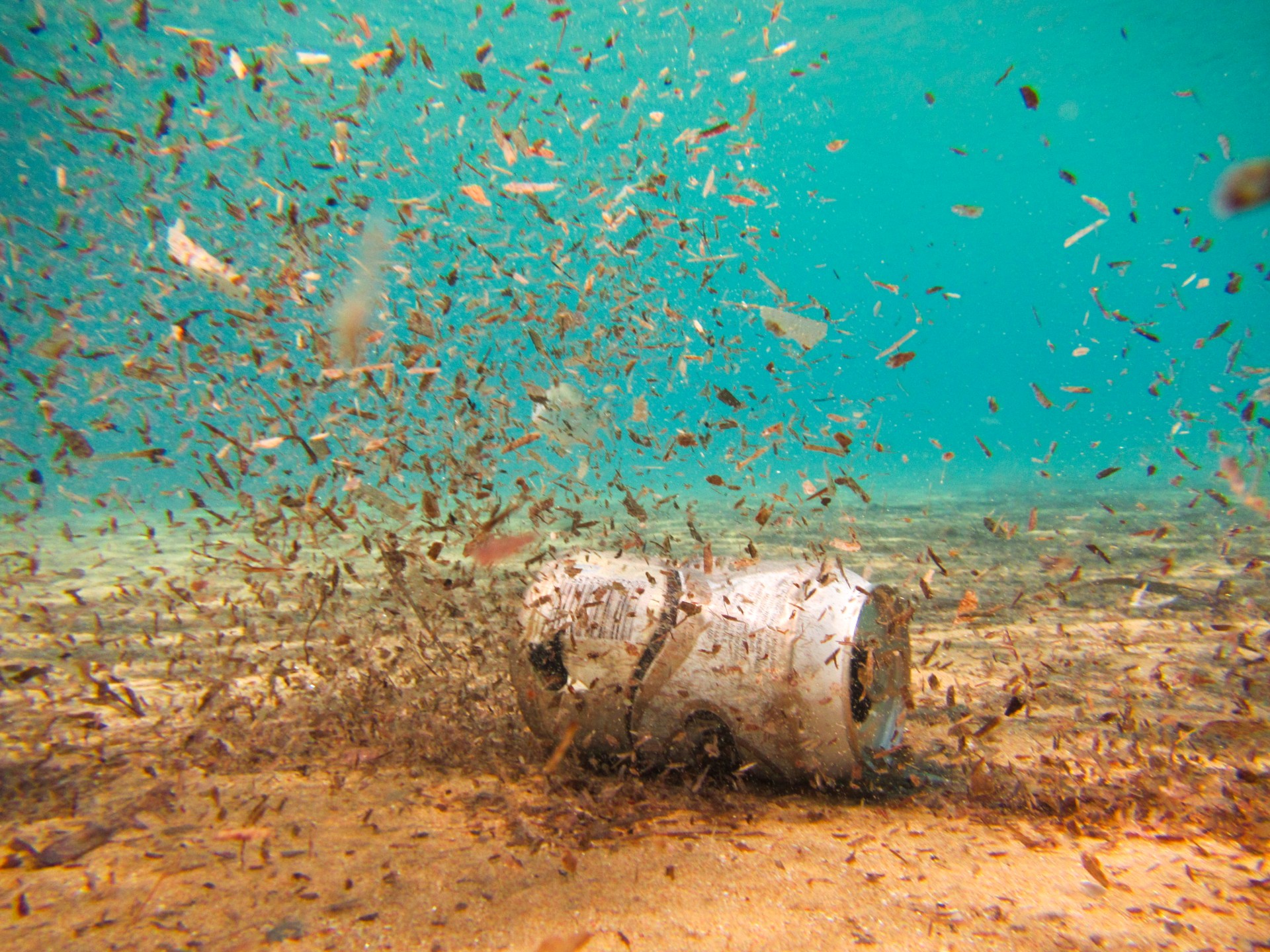Only 13% of oceans remain wild, here's why that's alarming
Digital Writer/Climate Change Reporter
Thursday, August 2, 2018, 3:48 PM - World wide wilderness is rapidly disappearing, and a new study warns of the dangerous consequences that could come from humans reaching all corners of the Earth.
Huge advancements in science and technology have allowed us to explore the world - we can fly across Earth in a day and discover terrifying creatures in some of the deepest trenches of the ocean floor. Even outer space is not too far for our reach - orbiting satellites can record millions of lightyears away and we can livestream robots traversing the red soils of Mars.

The humpback anglerfish, a species of black seadevils that lives between 1,000 - 4,500 meters under the sea where there is no light. Credit: Wikimedia Commons
OCEANS COVER OVER 70% OF EARTH, AND WE'VE IMPACTED NEARLY ALL OF IT
Discovering wilderness has lead to the expansion of civilization, new natural resources that greatly improved the quality of human life, and deepened our understanding of what Earth is and how it works. But discovery leaves its mark, and we are running out of wild places to uncover, particularly in the oceans. The consequences of our expansion into wilderness is also becoming apparent - by 2050 there could be more plastic in the ocean than fish and the seafood we eat is becoming increasingly concentrated with microplastics, which has unknown consequences to human health, but likely isn't good for us.

Credit: Adam Bautz
The new study reports that only 55 million square kilometres or 13.2 per cent of the Earth's oceans are still considered to be marine wilderness, and only 4.9 per cent of marine wilderness is in protected areas. Wilderness areas are rich sources of biodiversity, natural resources, and are more resilient to climate change, which all could be compromised by human impacts.
The researchers determined oceanic wilderness by indicating the regions that are in the lowest 10 per cent of all ocean areas that have the least impact from the individual and cumulative effects of 15 human stressors, which include fishing, commercial shipping, pollution, and oceanic warming caused by climate change. Most of the wilderness is spread through the oceans near Antarctica and the central regions of the Pacific Ocean, and 93 per cent of all marine species occur within marine wilderness areas, such as some regions in the Solomon Sea.

Marine wilderness in exclusive economic zones is light blue and most is found in the Arctic because access is blocked by sea ice, however this could change as ice begins to melt. The dark blue indicates wilderness that occurs outside national jurisdiction, and marine protected areas (MPAs) are green. Credit: Jones et. al. (2018)
The lack of stressors in marine wild areas allows nature to thrive - they have 31 per cent higher species richness, 40 per cent higher range rarity, and 24 per cent higher proportional range rarity than non-wilderness areas. The disheartening decline of wilderness areas poses concerning risks to the health of the environment - unique habitats home to endangered species could disappear and lead to mass species extinction, which would be largely irreversible. It might seem that the disappearance of one species in the middle of the ocean doesn't have much impact on the environment, but studies have shown that the loss of a species can have a domino effect on others and cause a declining trend of biodiversity.
ECOSYSTEMS COULD COLLAPSE WITHOUT BIODIVERSITY
Biodiversity not only increases the stability of ecosystems, but it allows for ecosystem services, such as carbon capture and biomass production. A common example of how one species can make a critical difference in an ecosystem is the pollinating action of bees - they carry around pollen from a variety of plants and distribute it over different parts of the environment, increasing the area where the plants can grow. Without them over 70 per cent plants would be unable to produce or grow, and their role in helping global agricultural production is valued at over $125 billion annually. In recent years bees have run into some difficulties maintaining healthy numbers - bee colony collapse is occurring globally and wild bee populations are particularly experiencing loss due to a variety of factors including extreme weather events and climate change.
Even though there is still some marine wilderness left, it won't be long until garbage starts collecting in some of the most remote oceanic spots. Plastic bags, beer cans, and an entire container of SPAM are just some of the garbage that was found in Marianas Trench, the deepest part of the ocean.

Seabed pollution. Credit: Public Domain Pictures
Despite 6.97 per cent of the total ocean area being protected under international agreements, only 4.94 per cent of global marine wilderness is under protection. Marine wilderness loss may hinder the progress that nations make to achieve their conservation goals or international agreements, such as the Convention on Biological Diversity, which requires the inclusion of at least 10 per cent of marine areas in effectively manage and ecologically representative marine protected areas by 2020.
The prime objective of conservation is to protect biodiversity and the study recommends that conservation actions should target specific threats to each layer of the ocean, as well as increasing high seas enforcement, management, and compliance in remote areas.
Sources: Current Biology | Science Daily | Seeker



